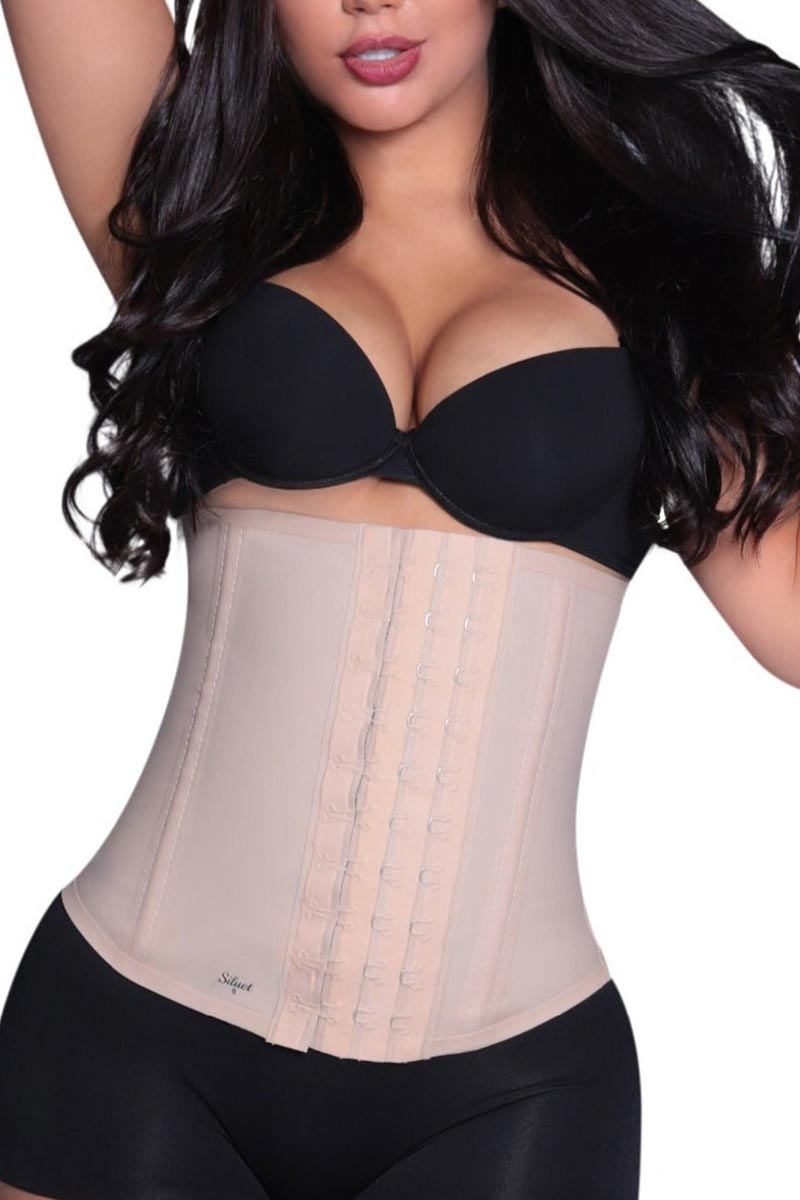Table of Contents
Introduction:
In the fast-paced world of healthcare, the attire worn by medical professionals plays a crucial role in ensuring comfort, functionality, and adherence to hygiene standards. Among the various garments donned by healthcare workers, scrubs have become synonymous with the profession. Originally introduced as a unisex uniform, the design and availability of scrubs have evolved over the years to meet the specific needs of female healthcare professionals. In this article, we explore the history, evolution, and importance of women’s scrubs in the healthcare industry.
A Brief History of Scrubs:
The concept of medical scrubs dates back to the early 20th century when healthcare professionals began adopting more practical and sanitary clothing. Dr. Joseph Lister, a pioneer in antiseptic surgery, advocated for cleanliness in the operating room, leading to the transition from traditional medical attire to more sterile and easily washable garments. This shift laid the foundation for the development of scrubs.
Unisex Scrubs and the Need for Customization:
Initially, scrubs were designed as unisex garments, with a one-size-fits-all approach. However, as more women entered the healthcare workforce, it became evident that a one-size-fits-all mentality was impractical. Women’s bodies have unique shapes and requirements, and a uniform designed to accommodate these differences was necessary for optimal comfort and functionality.
Evolution of Women’s Scrubs:
Recognizing the need for specialized attire for female healthcare professionals, the industry responded with the creation of women’s scrubs. These tailored uniforms consider the diverse body shapes and sizes of women, providing a more comfortable and flattering fit. Women’s scrubs often feature tapered waists, shorter inseams, and a variety of neckline options, offering both style and functionality.
Fabric and Comfort:
The choice of fabric in scrubs is essential for the comfort of healthcare professionals who often work long, demanding hours. Women’s scrubs are typically made from breathable, moisture-wicking materials that provide flexibility and comfort throughout the day. Additionally, the availability of stretch fabrics has become increasingly popular, allowing for greater ease of movement and enhanced comfort during physically demanding tasks.
Personalization and Style:
In addition to functionality, the evolution of women’s scrubs has also embraced a sense of style. Many healthcare professionals, especially women, appreciate the opportunity to express their individuality through their work attire. As a result, modern women’s scrubs come in a wide range of colors, patterns, and styles, offering a departure from the traditional monochrome uniforms of the past.
Importance in Patient Care:
Beyond providing comfort and style to healthcare professionals, women’s scrubs also play a role in patient care. The vibrant colors and patterns can have a positive impact on patients, promoting a friendly and approachable atmosphere in healthcare settings. Furthermore, the cleanliness and uniformity of scrubs contribute to maintaining a sterile environment, crucial for infection control in hospitals and clinics.
Conclusion:
The evolution of women’s scrubs reflects the healthcare industry’s commitment to providing comfortable, functional, and stylish attire for its diverse workforce. As the demand for personalized and gender-specific uniforms continues to grow, the ongoing development of women’s scrubs remains essential. Balancing style with practicality, these garments contribute not only to the well-being of healthcare professionals but also to the overall positive atmosphere in healthcare settings, ultimately benefiting both the providers and their patients.












